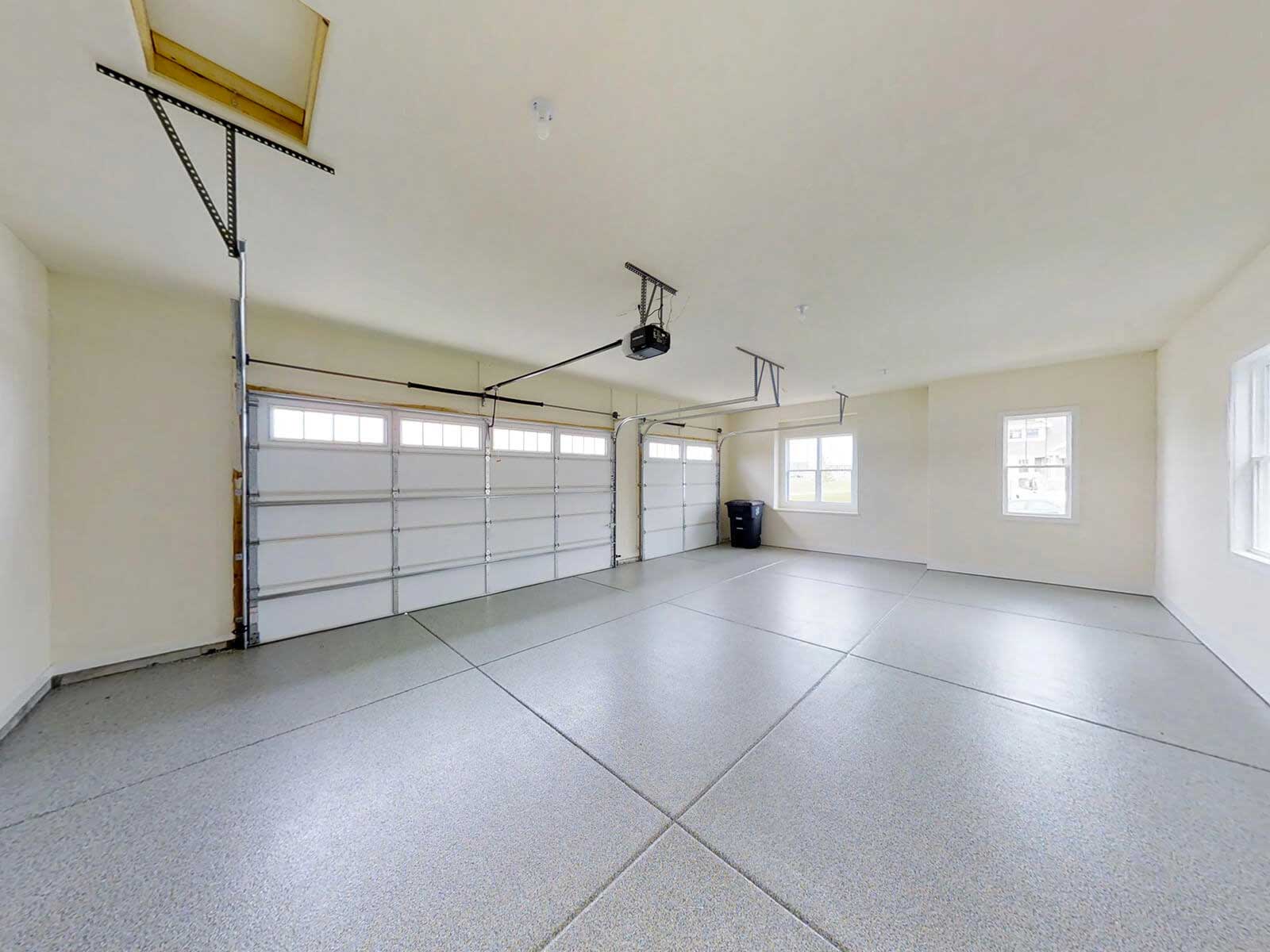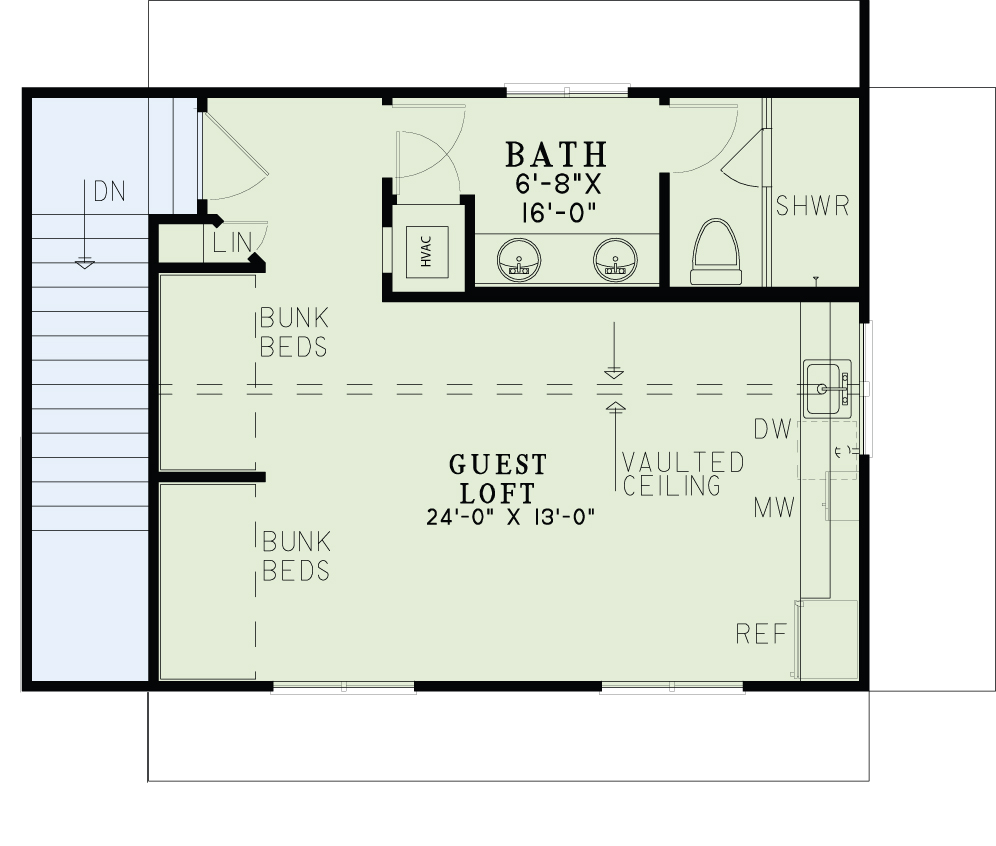
Homelink's garage door opener system can be controlled from inside your car. It can be used with many types garage door openers, and comes in a variety models. While it is fairly easy to program and use, it is important to follow safety precautions to ensure the job is done properly.
First, you need to set your garage door opener to the correct mode. Next, locate the Homelink unit. You can then begin programming. You should be aware that the homelink system is not compatible with all garage door openers, so check out the manufacturer's website for more information.
A Homelink device usually contains a round or square "LEARNCODE" button. It's usually located next to the hanging antenna wire at the rear of the garage doors opener motor. You will need to push the button for two second, then quickly release it to activate it.

A Homelink indicator light will be lit up to signal that the device is connected. This signals that Homelink has connected to your garage door opener. The indicator will then slowly flash slow. The programming process will take about 10 seconds if the indicator continues to blink.
The HomeLink unit is designed with three buttons. The opener is controlled by two of the buttons. You will need one of the buttons to program the unit. The buttons are located either on the ceiling or in the center console of the car.
A HomeLink Conversion Kit allows you to add a HomeLink controller to an existing residential garage doors opener. In addition to the remote control, the kit contains additional accessories for your installation. You may need a HomeLink Compatibility bridge depending on your opener's make and model. This will make installation as easy as possible.
Test it after you have programmed your opener. You should be satisfied with the outcome as long as it works. You will need to program it again if the door does not open. While you're programming the opener, make sure you don’t close the door. This could cause your motor to go out.

Before you leave your house, check to see if there are any obstructions in the door's path. Moving your garage door can damage your vehicle or cause serious injury.
Although HomeLink is an amazing piece of technology it can be very dangerous if not used properly. You should take safety precautions, and make sure your garage doors are locked.
FAQ
How long does it take to remodel a bathroom?
It usually takes two weeks to remodel a bathroom. This can vary depending on how large the job is. For smaller jobs such as installing a vanity or adding an stall to the bathroom, it can usually be done in just a few hours. Larger projects, such as removing walls and installing tile floors, and plumbing fixtures, can take several days.
Three days is the best rule of thumb for any room. This means that if there are four bathrooms, you will need 12 days.
What are some of the largest costs associated with remodeling your kitchen?
Planning a kitchen renovation can be costly. These include demolition, design fees, permits, materials, contractors, etc. But when we look at these costs individually, they seem pretty small. These costs quickly multiply when they are added up.
Demolition is most likely the most expensive. This includes the removal of old cabinets, countertops, flooring, and appliances. The insulation and drywall must be removed. You must then replace these items with new ones.
Next, hire an architect who will draw plans for the space. To ensure that the project meets all building codes, permits must be obtained. The final step is to find someone to carry out the actual construction.
The contractor must be paid once the job has been completed. You could spend anywhere from $20,000 to $50,000, depending on how large the job is. This is why it's important to get estimates form multiple contractors before hiring one.
These costs can be avoided if you plan. You may be eligible to get better prices on materials, or you might even be able skip some of your work. Knowing what is required will allow you to save both time and money.
People often try to install their cabinets themselves. People believe that this will save them money since they won't have to hire professionals for installation. They often spend more trying to install cabinets themselves. A professional can usually complete a job in half of the time that it would take you.
You can save money by buying unfinished materials. Before purchasing pre-finished materials like cabinets, you must wait until all the pieces are assembled. Unfinished materials can be used immediately by you if purchased. Even if it doesn't go according to plan, you can always change your mind later.
Sometimes, however, it's not worth all the effort. It is important to plan your home improvement projects in order to save money.
What's included in a complete kitchen remodel?
A complete kitchen renovation involves more than simply replacing the sink and faucet. There are also cabinets, countertops, appliances, lighting fixtures, flooring, plumbing fixtures, and much more.
Homeowners can remodel their kitchens completely without needing to do major work. This means that no demolition is required, making the project easier for both the homeowner and the contractor.
A kitchen renovation can include a variety of services such as plumbing, HVAC, painting, drywall installation, and electrical. Depending on the scope of the project, multiple contractors might be needed to remodel a kitchen.
Hiring professionals who are familiar with kitchen remodeling is the best way for it to go smoothly. Kitchen remodels are complex and can be delayed by small issues. You should plan ahead and prepare a backup plan for any unexpected situations if you decide to DIY.
Remodeling a kitchen or bathroom is more expensive.
Remodeling a bathroom or kitchen can be expensive. It is worth considering the amount of money you spend on your energy bills each monthly.
An inexpensive upgrade can save you thousands of dollars every year. Simple changes such as insulation in ceilings and walls can help reduce cooling and heating costs by up to 30%. Even a small improvement can make a difference in comfort and increase resale.
When planning for renovations, it is important to select durable and easy-to-maintain products. Materials such as porcelain tile, stainless steel appliances, and solid wood flooring last longer and require fewer repairs than vinyl or laminate countertops.
You might find that upgrading to newer fixtures can cut down on utility costs. For example, installing low-flow showerheads and faucets can lower water usage by up to 50 percent. You can reduce your electricity consumption by replacing inefficient lighting bulbs with compact fluorescent lights.
What's the difference between a remodel or a renovation?
A remodel is a major change to a room or part of a room. A renovation refers to minor changes made to a particular room or area of a given room. Remodeling a bathroom is a major job, but adding a faucet to the sink is a minor one.
Remodeling involves the complete or partial renovation of a room. A renovation is merely changing something in a particular room. Kitchen remodels can include changing countertops, sinks, appliances and lighting. An update to a kitchen could involve painting the walls or installing a new light fixture.
What should I do to my existing cabinets?
It depends on whether your goal is to sell or rent out your house. If you are planning on selling, you might want to take out and refinish the cabinets. This gives buyers the illusion that they are brand new, and allows them to envision their kitchens once they move in.
But if your goal is to rent your house you will need to remove the cabinets. Tenants often complain about having to clean up dishes and fingerprints from previous tenants.
The cabinets can be painted to look fresher. Be sure to use high quality primer and paint. Low-quality paints are susceptible to fading over time.
Statistics
- About 33 percent of people report renovating their primary bedroom to increase livability and overall function. (rocketmortgage.com)
- $320,976Additional home value: $152,996Return on investment: 48%Mid-range average cost: $156,741Additional home value: $85,672Return on investment: (rocketmortgage.com)
- Attic or basement 10 – 15% (rocketmortgage.com)
- 5%Roof2 – 4%Standard Bedroom1 – 3% (rocketmortgage.com)
- 55%Universal average cost: $38,813Additional home value: $22,475Return on investment: 58%Mid-range average cost: $24,424Additional home value: $14,671Return on investment: (rocketmortgage.com)
External Links
How To
How to remove tile grout from floor tiles
Most people don't know that tile grouting exists. It is used to seal joints between tiles. There are many kinds of grout on the market today. Each type serves a specific purpose. We'll show you how we can remove grout from floor tiles.
-
First, you must ensure you have all the tools needed before starting this process. You will need a grout cutter and grout scraper.
-
Now you must clean any dirt or debris under the tile. You can use the grout cutter to remove grout from the tiles and scrape off any remaining pieces. You should not damage any tiles.
-
After you've cleaned up everything, grab the grout scraper to remove any grout. If you don't have any grout, you can continue to step 4.
-
After you have done all the cleaning, you can move on to the next step. Make sure to take one of the rags out and soak it in water. The rag should be completely dampened. When the rag has become soaked, wring it out, so that excess water stays inside the rag.
-
Place the wet cloth on the joint where the tile meets with the wall. Press firmly on the rag until the grout begins to break apart. Slowly pull the rag toward you, and keep pulling back and forth until all of the grout is gone.
-
Continue repeating steps 4 through 5 until all grout is removed. Rinse the ragout. Repeat the process if necessary.
-
After you have removed all grout, rub the tiles with a damp towel. Allow to dry completely.